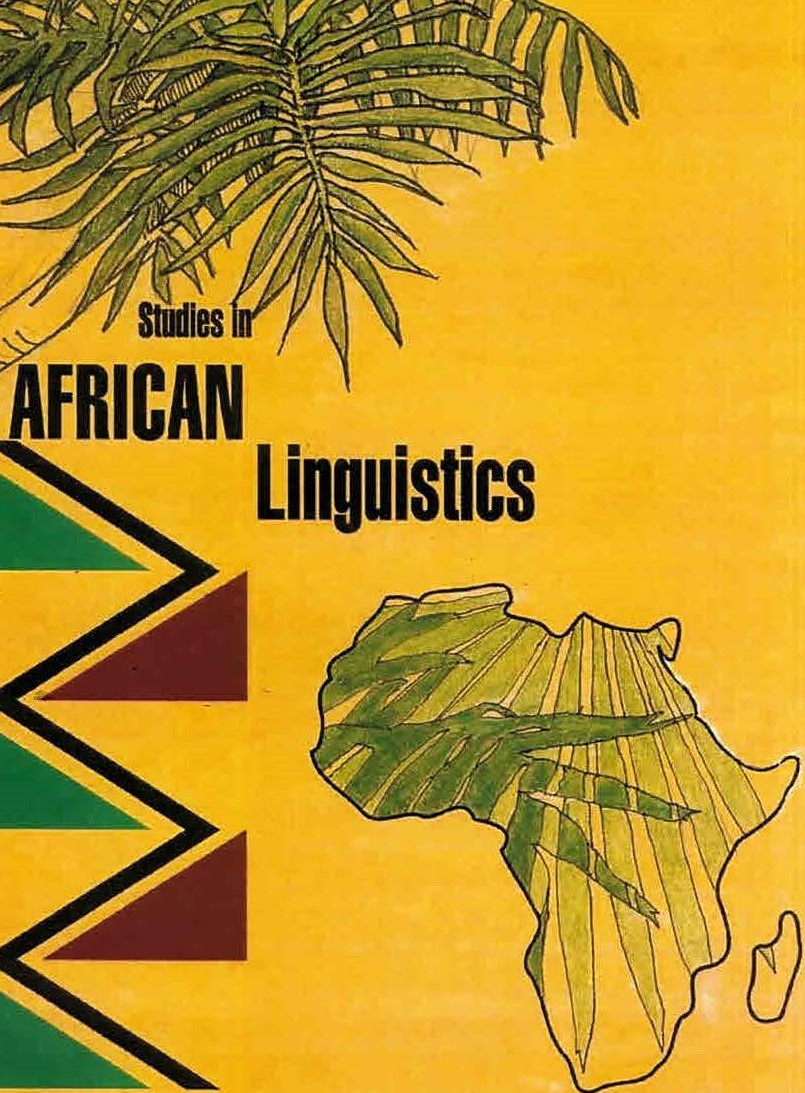Kiswahili-English on Public Signage: A Morpheme- By -Morpheme Approach
DOI:
https://doi.org/10.32473/sal.51.2.124793Keywords:
codeswitching, public signage, morphosyntax, Matrix Language, Kenya, Kiswahili-English bilingualsAbstract
Communication could be oral and written. These forms of communication may be formal or informal depending on the setting, people involved, age and class. Codeswitching is an informal form of communication. It is used most at times in oral communication. However, in recent times, its has been used extensively in written communication. This has raised issues as to whether written communication can also be a possible platform for informal communication. This study investigates codeswitching on public signage by Kiswahili –English bilinguals. The study examines how Kiswahili –English bilinguals use the two languages on public signage by structurally analysing how Kiswahili and English words are distributed in a given mixed constituent. To achieve this, Kiswahili-English codeswitched data was gathered from tokens of public signage from Kenya specifically, Nairobi. Using the Matrix Language Frame Model of Myers-Scotton, the study observes that theories propounded for oral codeswitching data could be used to analyse written communication (public signage texts) data because writers adhere to the syntax of both Kiswahili and English as stipulated by the tenets of the Matrix Language Frame Model. This is possible when the aim is to solely look at text items on public signage without keen considerations to the graphics therein that is, if the analysis is based purely on syntax. The study therefore recommends that the importance of codeswitching especially on public signage is evidence of how language is used and as accepted by members of a speech community.
Metrics
Downloads
Published
Issue
Section
License
Copyright (c) 2023 Sarah Marjie

This work is licensed under a Creative Commons Attribution-NonCommercial 4.0 International License.


